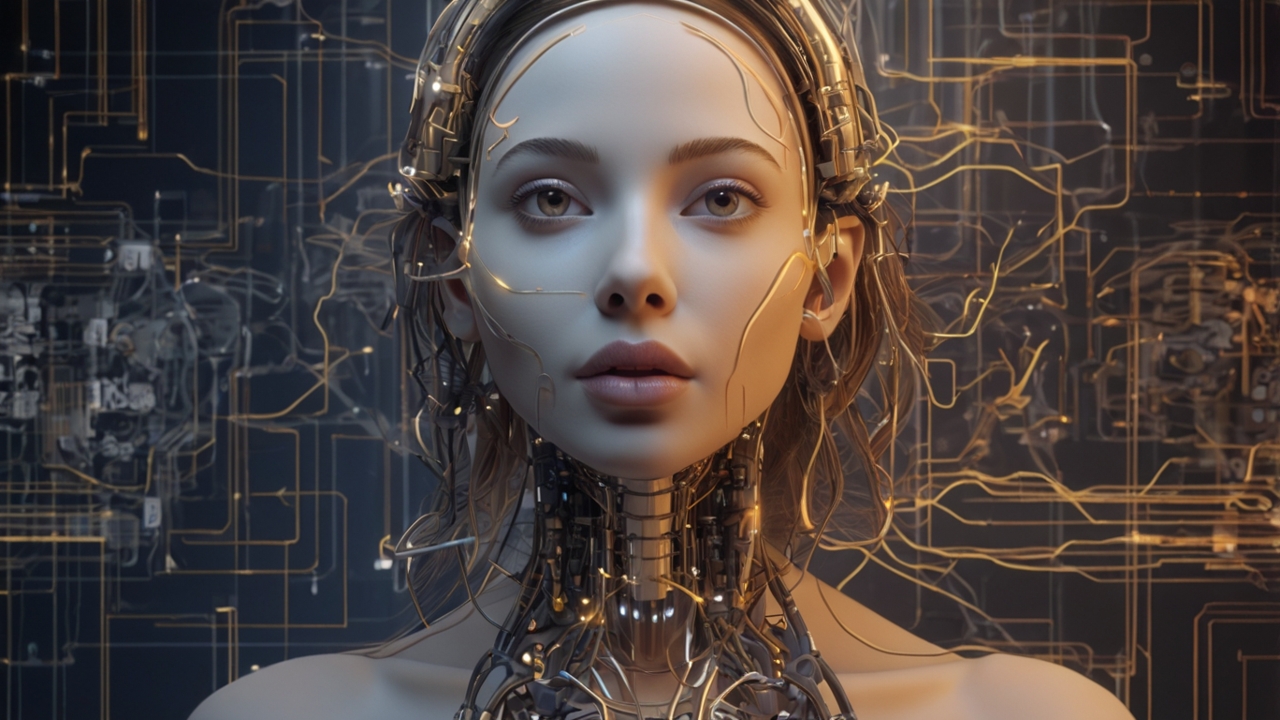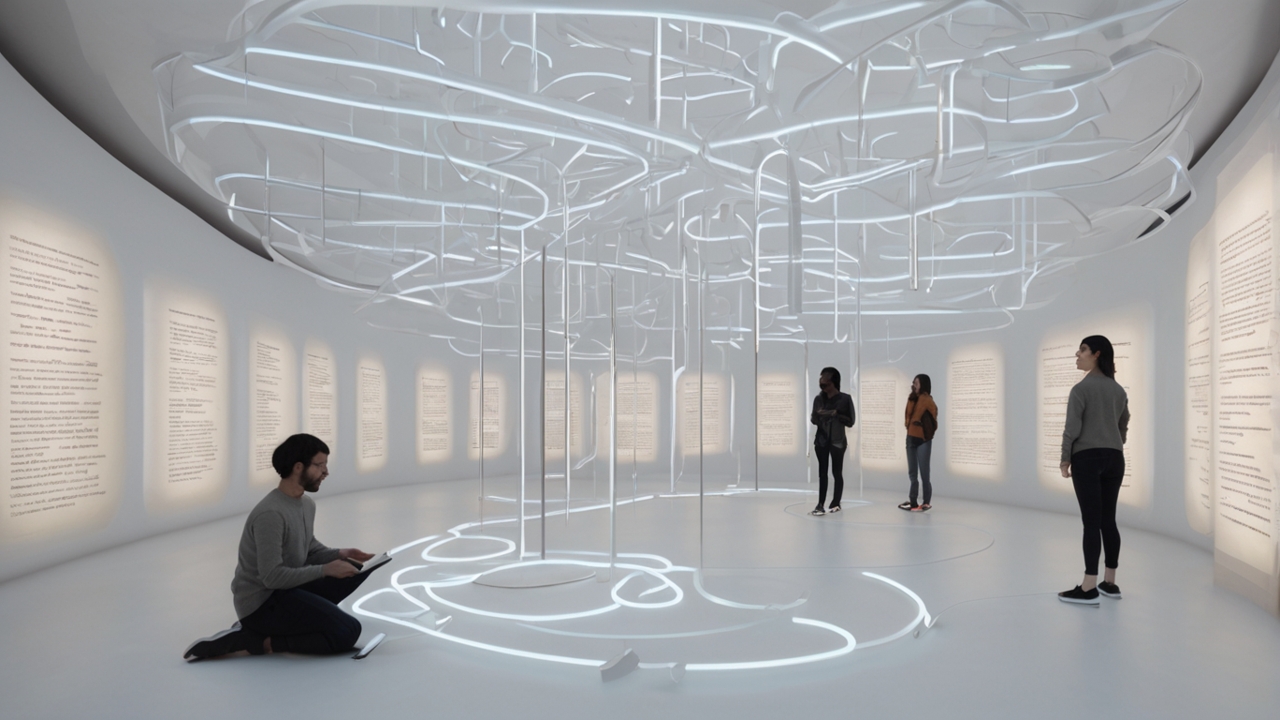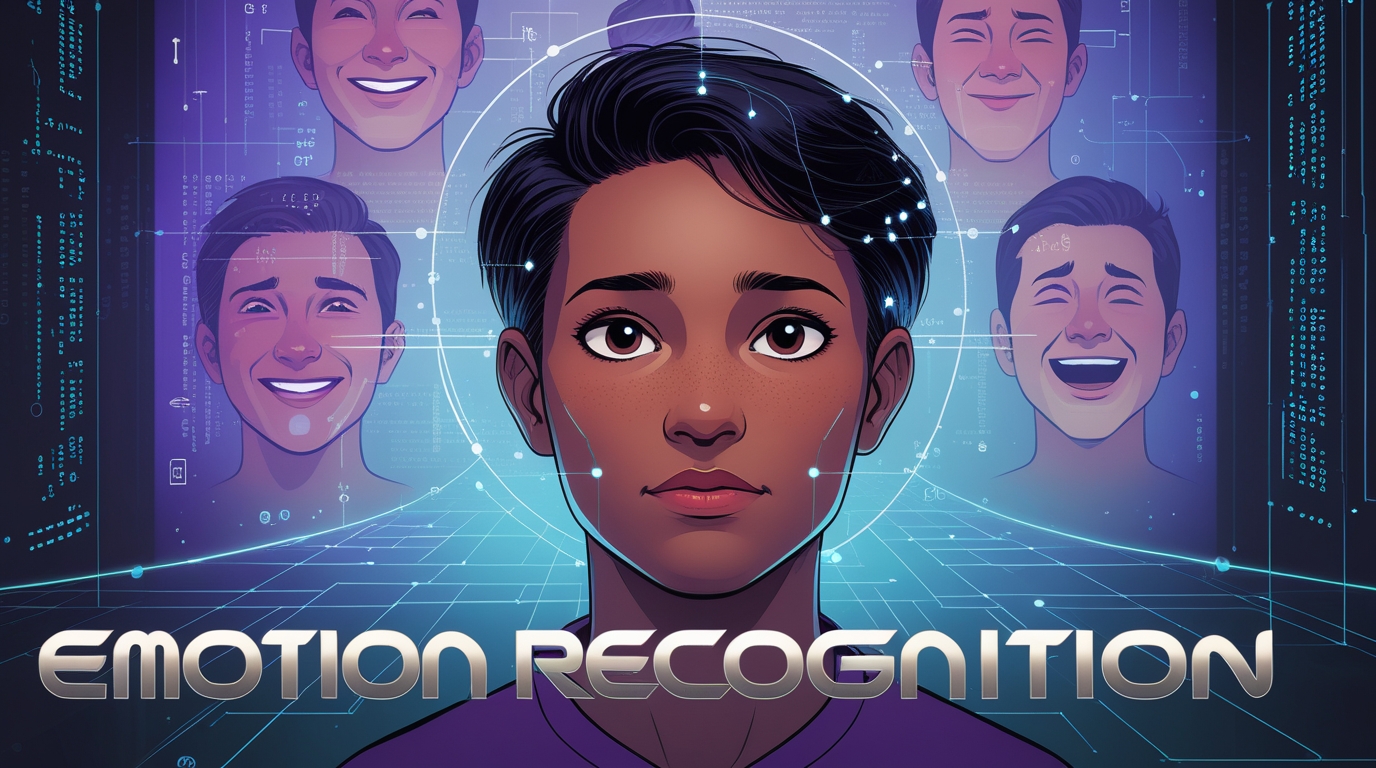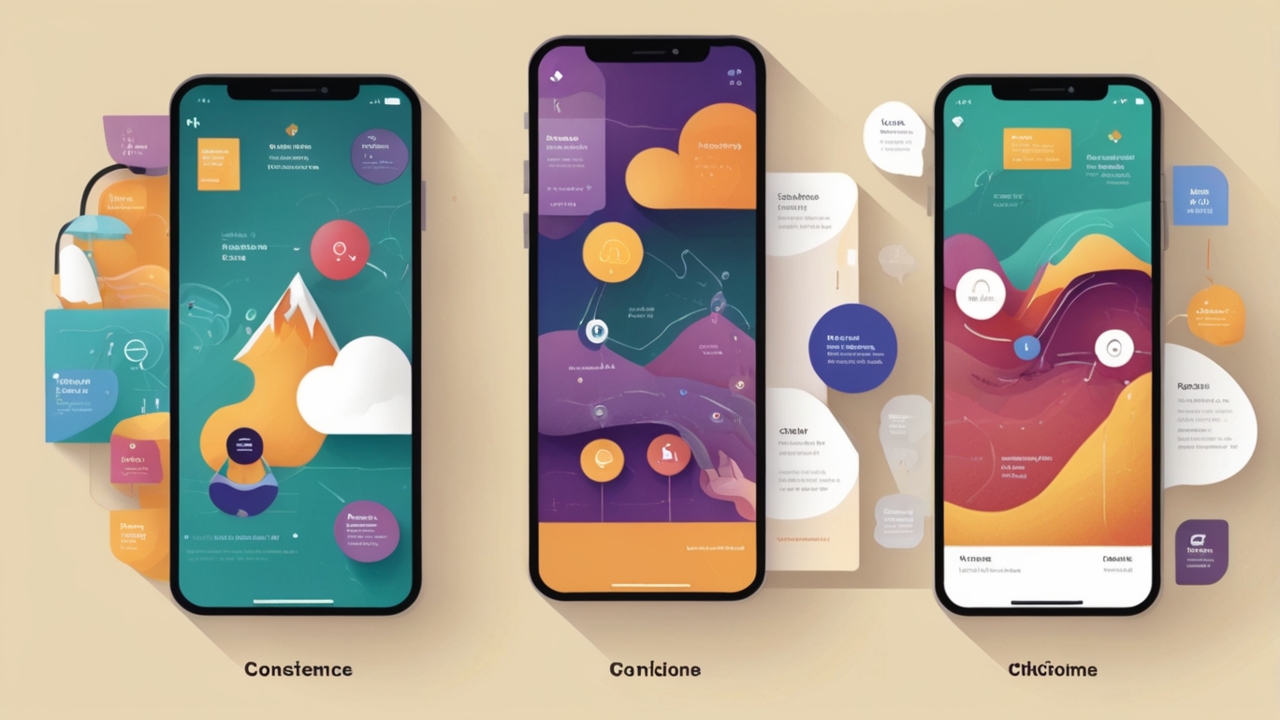Mayumiotero – At its core, Neural Rendering is an AI-driven technology that allows real-time visual editing and generation. It combines deep learning with computer graphics to create or modify visuals instantly, making it one of the most exciting innovations in digital content creation. Unlike traditional rendering, which calculates each pixel using static formulas, neural rendering learns from data predicting light, color, and motion patterns almost like a human artist would.
Consequently, this technology is not just faster; it’s also adaptive. It responds to input, learns context, and generates visuals that evolve in real time, making it ideal for industries like film, gaming, and design.
“Read also: The Deepfake Dilemma: Viral AI Videos and Their Hidden Environmental Cost“
How Neural Rendering Works in Practice
Essentially, neural rendering relies on neural networks trained on vast image and video datasets. These models study how light interacts with surfaces, how objects move, and how shadows shift. Once trained, they can recreate or alter visuals instantly based on minimal data input.
For example, when an incomplete image is provided, the AI predicts missing textures, reconstructs lighting, and generates a realistic result almost instantly. This process turns what once took hours of manual rendering into a seamless real-time experience.
The Leap from Traditional to AI Rendering
Traditional rendering depends on physics-based algorithms, which simulate how light behaves in real environments. While accurate, this method consumes huge amounts of time and computational power. Neural rendering replaces these heavy calculations with machine learning inference, allowing the AI to estimate outcomes instead of calculating them.
As a result, content creators can now adjust lighting, camera perspectives, or object textures immediately. This shift reduces production time dramatically while maintaining visual quality, bridging the gap between imagination and instant execution.
Why Real-Time Editing Changes Everything
One of the greatest strengths of neural rendering is its real-time editing capability. Previously, visual artists had to wait hours even days for renders to complete. Now, changes can appear instantly, allowing immediate feedback and experimentation.
Moreover, this instant adaptability encourages creativity. Directors, designers, or game developers can make on-the-spot adjustments to color, tone, or lighting, transforming the entire creative process into a dynamic collaboration between human intuition and machine intelligence.
“Read also: Anthropic’s Google TPU Deal Signals a New Era for Enterprise AI Infrastructure“
Applications Beyond Entertainment
While film and gaming are major beneficiaries, neural rendering extends far beyond them. In architecture, it can convert 2D sketches into 3D photorealistic environments instantly. In healthcare, it enhances MRI imaging by reconstructing missing visual data for better diagnostics.
Additionally, industries like automotive design, education, and virtual reality have started integrating neural rendering for simulation, training, and visualization purposes. Its versatility proves that this technology is more than an artistic tool it’s an innovation engine across disciplines.
How Gaming and Film Studios Use Neural Rendering
In gaming, neural rendering brings hyper-realistic visuals without the need for excessive hardware power. Game engines powered by AI can now optimize textures and lighting dynamically depending on where players look, ensuring smoother gameplay.
Similarly, in filmmaking, virtual production studios can alter backgrounds, add effects, or modify environments during live shooting. Because of this flexibility, the production process becomes faster, cheaper, and more responsive to creative ideas.
Balancing Innovation and Ethical Responsibility
Despite its benefits, neural rendering raises concerns about authenticity. Since AI can now generate hyper-realistic visuals, distinguishing between real and synthetic content becomes difficult. This challenge emphasizes the need for transparency, ethical guidelines, and digital watermarking to maintain trust.
However, this same technology also opens new artistic frontiers. Creators can explore surreal storytelling, merge animation with reality, and develop new visual aesthetics. As with any powerful innovation, balance is key between creative exploration and responsible application.
“Read more: OpenAI Transforms ChatGPT into a Custom Enterprise Analyst by Connecting to Company Data“
Challenges in Neural Rendering Development
Even though neural rendering is advancing rapidly, it still faces limitations. The first challenge is data training these AI models requires enormous, high-quality datasets. The second is computational cost; even though real-time editing is possible, running such systems efficiently still demands powerful GPUs.
Furthermore, maintaining consistent realism across varying lighting and motion remains a technical hurdle. Fortunately, AI hardware acceleration and model optimization are evolving, gradually overcoming these constraints and bringing neural rendering closer to mainstream adoption.
The Future of Neural Rendering
Looking ahead, neural rendering will likely become standard in visual industries. As AI continues to improve, the difference between real and virtual imagery may disappear completely. Soon, artists could create fully immersive worlds or edit films live, without ever touching a traditional rendering engine.
This evolution represents not just faster visuals but smarter, more adaptive creativity where technology enhances human expression rather than replacing it.
A Fusion of Art and Intelligence
Ultimately, Neural Rendering marks a defining moment in the relationship between creativity and technology. It empowers humans to focus on imagination while AI manages the technical complexity behind the scenes. With each breakthrough, the line between creation and computation grows thinner.
In the coming years, we’ll witness a world where visual storytelling becomes instantaneous, powered by neural rendering’s intelligence and human creativity’s limitless vision.



